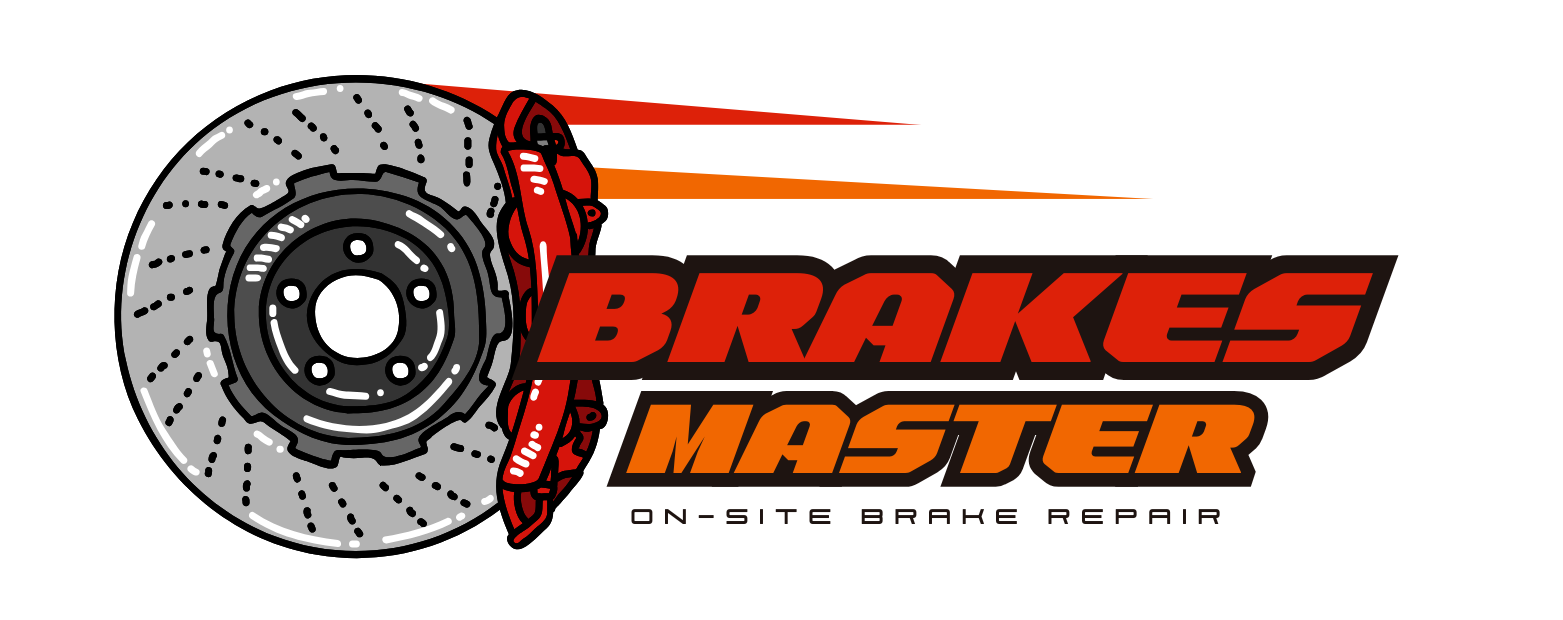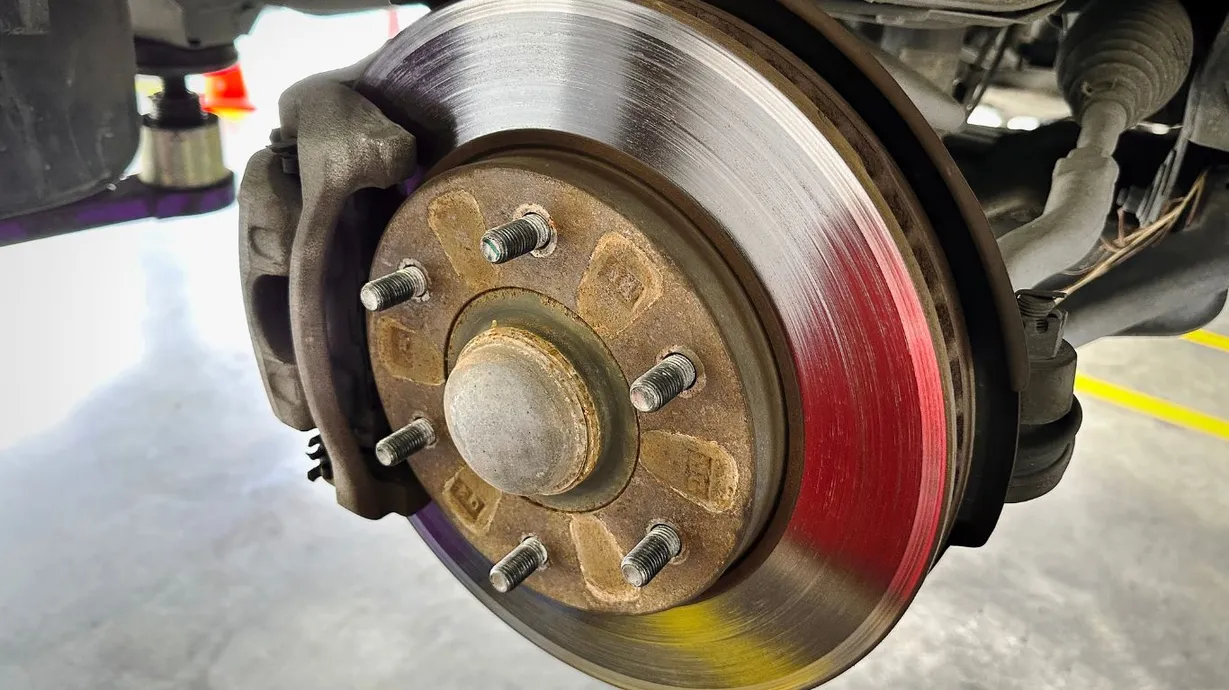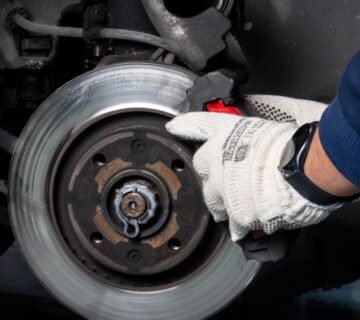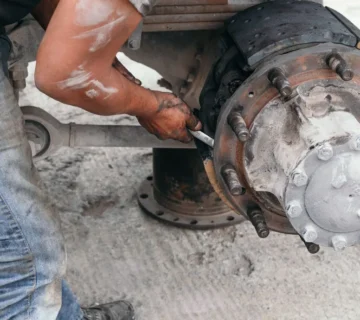Your car’s braking system is a marvel of engineering, and at its heart lies the brake master cylinder – the crucial component that transforms a simple push of your foot into the power needed to stop thousands of pounds of moving metal. Whether you’re a car enthusiast, a concerned owner, or a budding mechanic, understanding this vital component can save you money, ensure your safety, and help you make informed decisions about your vehicle’s maintenance.
Understanding the Basics: What Is a Brake Master Cylinder?
Think of your brake master cylinder as the command center of your braking system. It’s a seemingly simple device that performs an incredibly complex job. Located under your hood, typically mounted on the firewall near the brake booster, this component creates the hydraulic force necessary for your brakes to function.
When you press your brake pedal, the master cylinder converts that mechanical force into hydraulic pressure. This pressure travels through your brake lines to the wheel cylinders or calipers, causing your brake pads to clamp down on the rotors. It’s a perfect example of Pascal’s law in action – where pressure applied to a confined fluid is transmitted equally in all directions.
The Evolution of Brake Master Cylinder Design
The story of the brake master cylinder begins in the 1920s, when automotive pioneers were searching for more reliable ways to stop vehicles. Early cars used mechanical braking systems – essentially a series of rods and cables that physically pulled on the brakes. These systems were inefficient and often dangerous.
The introduction of hydraulic brakes, featuring the master cylinder as we know it today, revolutionized automotive safety. In 1962, another crucial development occurred when dual-circuit brake master cylinders became standard. This design, which is still used today, provides a backup system if one circuit fails – a critical safety feature that has saved countless lives.
Types of Brake Master Cylinders
Single Circuit vs. Dual Circuit Brake Master Cylinders
Single circuit brake master cylinders, found in some classic cars, operate all brakes through one hydraulic circuit. While simpler in design, they’re inherently risky – if any part of the system fails, you lose all braking power.
Dual circuit brake master cylinders, mandatory in modern vehicles, divide the braking system into two independent circuits. Usually, one circuit operates the front brakes while the other handles the rear brakes. If one circuit fails, you still have partial braking power – a crucial safety feature.
Portless vs. Ported Master Cylinders
Portless master cylinders are typically used in racing applications where maximum brake pressure is needed. They maintain constant pressure on the brake fluid, eliminating any delay in brake response.
Ported master cylinders, found in most street vehicles, include small ports that allow brake fluid to flow back into the reservoir when you release the brake pedal. This design prevents brake drag and reduces wear on components.
Components and Operation
Internal Components of the Master Cylinder
The master cylinder is made up of several vital internal components, each contributing to the brake system’s function:
Key Internal Parts
- Primary and Secondary Pistons
- Rubber Seals and O-Rings
- Return Springs
- Fluid Reservoirs
- Check Valves
- Push Rod Assembly
Each of these parts plays a crucial role in maintaining brake performance. The pistons generate hydraulic pressure, seals and O-rings prevent fluid leakage, return springs ensure proper piston positioning, and check valves help maintain consistent pressure throughout the system.
How the Master Cylinder Works: A Step-by-Step Process
1. Initial Pedal Press
When you apply pressure to the brake pedal, it activates the push rod within the master cylinder.
2. Piston Movement
The push rod moves the primary piston forward, creating pressure within the brake fluid.
3. Pressure Creation
As the primary piston moves, it compresses the brake fluid, increasing the hydraulic pressure in the system.
4. Fluid Distribution
The pressurized fluid travels through brake lines and reaches the wheel cylinders or calipers, ready to apply force.
5. Brake Application
The pressure activates the wheel cylinders or brake calipers, which engage the braking mechanism at the wheels.
6. Return Process
Once you release the brake pedal, return springs push the pistons back to their resting position, and the system resets.
Common Problems and Troubleshooting
Warning Signs of Master Cylinder Failure
- Spongy Brake Pedal
The most common symptom of master cylinder issues is a soft or spongy brake pedal. This usually indicates air in the system or failing internal seals. - Sinking Brake Pedal
If your brake pedal slowly sinks to the floor when held down, your master cylinder likely has internal seal failure. - Fluid Leaks
External leaks often appear as fluid spots under your car or around the master cylinder itself. The fluid is typically clear to amber in color. - Warning Light Illumination
Modern vehicles will often trigger the brake warning light when master cylinder pressure drops below normal levels. - Contaminated Brake Fluid
Dark or dirty brake fluid can indicate internal corrosion in the master cylinder.
Diagnostic Procedures
Visual Inspection
Start with a thorough visual inspection:
- Check fluid levels and condition
- Look for external leaks
- Inspect brake lines and connections
- Examine the reservoir cap and seals
Pressure Testing
Professional mechanics use pressure testing equipment to:
- Measure hydraulic pressure output
- Check for internal bypass
- Verify proper operation of both circuits
- Identify weak spots in the system
Maintenance and Care
Preventive Maintenance
Regular maintenance can significantly extend your master cylinder’s life:
- Fluid Level Checks
Check your brake fluid level monthly. The reservoir should be between the “MIN” and “MAX” marks. - Fluid Changes
Replace brake fluid every 2-3 years or 30,000 miles. Fresh fluid prevents internal corrosion and maintains proper hydraulic performance. - System Bleeding
Bleed your brake system whenever:- You open any part of the hydraulic system
- The pedal feels spongy
- After major brake work
Proper Fluid Selection
Using the correct brake fluid is crucial:
- DOT 3: Most common, suitable for most vehicles
- DOT 4: Higher boiling point, used in performance applications
- DOT 5: Silicone-based, typically for classic cars
- DOT 5.1: Highest performance, used in racing applications
Never mix different types of brake fluid, as this can cause system failure.
Replacement and Installation
When to Replace
Consider replacement when:
- Internal seals fail
- External leaks develop
- The cylinder shows signs of corrosion
- After significant mileage (typically 100,000+ miles)
- Following a major brake system failure
Installation Process
Preparation
- Gather necessary tools and materials
- Purchase the correct replacement unit
- Have fresh brake fluid ready
- Clear workspace and allow 2-3 hours
Step-by-Step Installation
- Document brake line positions
- Remove brake fluid from reservoir
- Disconnect brake lines
- Remove mounting bolts
- Install new unit
- Reconnect brake lines
- Bleed entire system
- Test operation thoroughly
Cost Considerations
Parts and Labor
Master cylinder replacement costs vary significantly:
- Parts: $50-400 depending on vehicle
- Labor: $200-400 at most shops
- Total cost: $250-800 typical range
Quality vs. Price
Consider these factors when choosing a replacement:
- OEM vs. aftermarket options
- Warranty coverage
- Brand reputation
- Vehicle application
- Expected service life
Future Developments
Electronic Integration
Modern master cylinders increasingly integrate with:
- Electronic stability control
- Autonomous braking systems
- Brake-by-wire technology
- Advanced driver assistance systems
Material Innovations
New developments include:
- Lightweight composite materials
- Improved seal compounds
- Enhanced corrosion resistance
- Better thermal management
Expert Tips and Best Practices
Professional Insights
- Never let the reservoir run dry during bleeding
- Always bench bleed new master cylinders
- Replace brake hoses when replacing the master cylinder
- Consider upgrading to braided brake lines
- Keep detailed maintenance records
DIY Considerations
For home mechanics:
- Work with a helper when bleeding brakes
- Use proper safety equipment
- Take photos before disassembly
- Follow torque specifications
- Test thoroughly before regular use
Conclusion
Your brake master cylinder might not be the most glamorous part of your vehicle, but it’s arguably one of the most important. Understanding its operation, maintenance requirements, and potential issues can help you maintain safe and reliable braking performance.
Regular inspection and maintenance, combined with prompt attention to any issues, will help ensure your master cylinder provides years of reliable service. Remember, when it comes to brakes, there’s no such thing as being too careful or too well-informed.
Whether you’re maintaining your current vehicle or troubleshooting brake issues, this knowledge will help you make informed decisions about your vehicle’s braking system. After all, the ability to stop safely is just as important as the ability to go fast.




